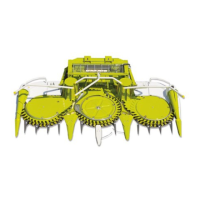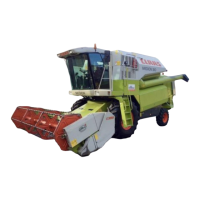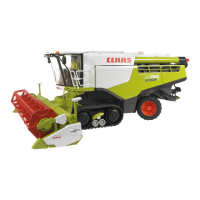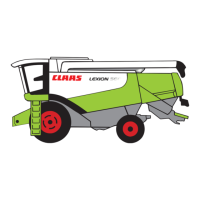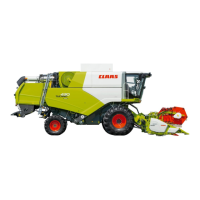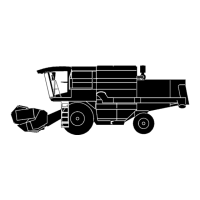32
8. Some dirt can usually be removed from both the cross auger covers, and the
bottom covers on both the clean grain and returns elevators.
9. When unloading wet grain, reduce the flow into the unloading auger by shutting
down the slides on both the cross augers in the grain tank. This will reduce the
load on the unloading system, bringing it down to a ‘normal’ level.
10. If wet and dirty grain is being unloaded it is also likely that dirt will build up in the
turret auger. This can and should be checked regularly through the inspection
doors, and cleaned if required.
11. If the shear bolt on the unloading drive fails this is often the first sign that either
the slides in the tank are too high, or there is too much dirt in the system, or
both.
12. Chopping wet straw adds an extra load to the chopper drive. Regularly check the
tension of the drive belts. Do not forget the 2 ‘stops’ at either end of the main
tensioner.
13. Chopper blade wear can be accelerated when chopping wet straw due to the
increased levels of soil in it. Check the condition of the blades regularly. Do not
forget to check the stationary blades.
14. In wet conditions, it is possible for material to stick to the return floor under the
rotors. This then impedes the flow of grain back to the preparation pan and
affects the sample. Check the pan regularly and clean as required.
Wet harvest recommendations
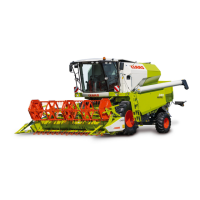
